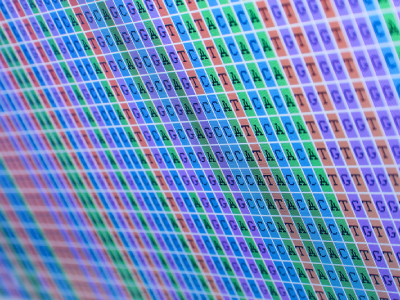
Aarhus University researchers have published the first atomic structure of an RNA replicase, the mechanism that kick-started evolution. The structure shows a striking similarity to protein-based polymerases.
Researchers have long sought to replicate RNA replicase to unravel the mysteries of the primordial RNA world, which was believed to make copies of itself and other RNA molecules to drive evolution and ultimately life itself. In the study, published in the Proceedings of the National Academy of Sciences, the team of researchers utilized cryogenic electron microscopy (cryo-EM) to realize the atomic structure of RNA replicase.
During analysis, RNA replicase showed a striking similarity to protein-based polymerases with a molecular shape revealing an open hand and domains for polymerization, substrate discrimination, and template binding. "It was surprising to find that a ribozyme that we evolved artificially in the test tube would display features of naturally occurring protein polymerases. This indicates that evolution can discover convergent molecular solutions no matter if the material is RNA or protein", said Philipp Holliger, program leader at MRC LMB.
To better understand the function of RNA replicase, a comprehensive mutation study was conducted to highlight key elements of its structure. While researchers were unable to determine the structure while actively copying RNA, a model was developed that was consistent with their experimental data that confirmed features of the catalytic site as well as the kissing loop interactions that bind the scaffolding and catalytic subunits.
"Cryo-EM is a powerful method for studying the structure and dynamical features of RNA molecules. By combing [sic] cryo-EM data with experiments, we were able to build a model of the inner workings of this complex RNA machine", added Ewan McRae, who performed the cryo-EM analysis as a postdoc at Aarhus University.
The work provides an exciting glimpse into the very beginnings of life and evolution. While the current RNA replicases are inefficient and cannot currently sustain their replication, the insights provided into their structure provide researchers with the building blocks necessary to further unravel the mysteries of the RNA world.
"The properties of RNA replicases may be further improved by using chemical modifications that could exist in an RNA world. In addition, research into the origin of life leads to the discovery of several novel RNA building blocks that may be used in the emerging field of RNA nanotechnology and medicine", said Ebbe Sloth Andersen, associate professor at Aarhus University.